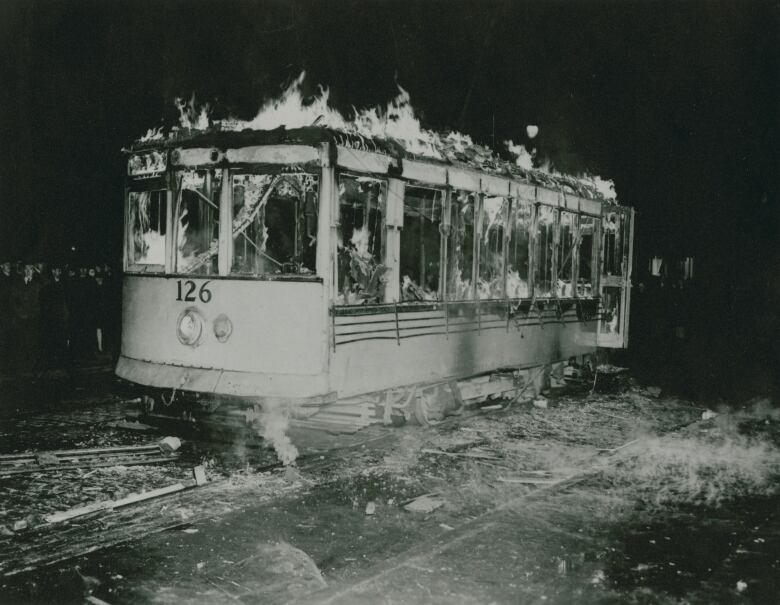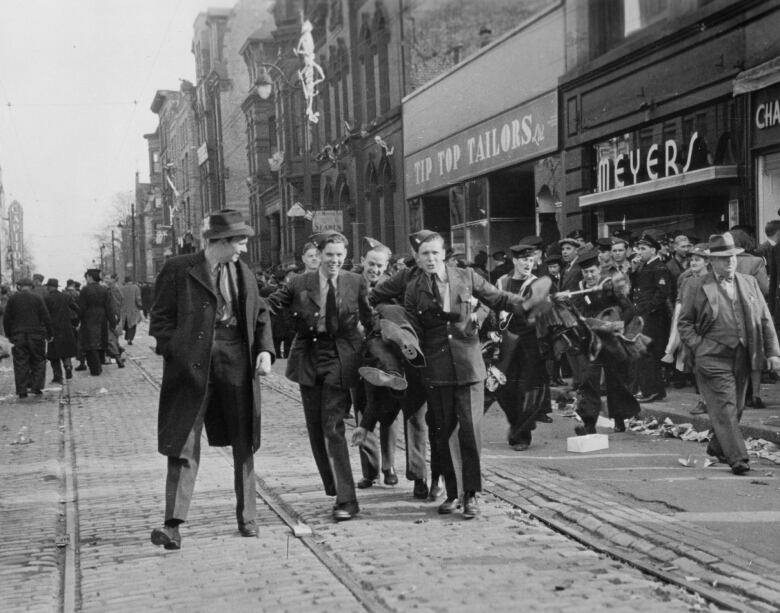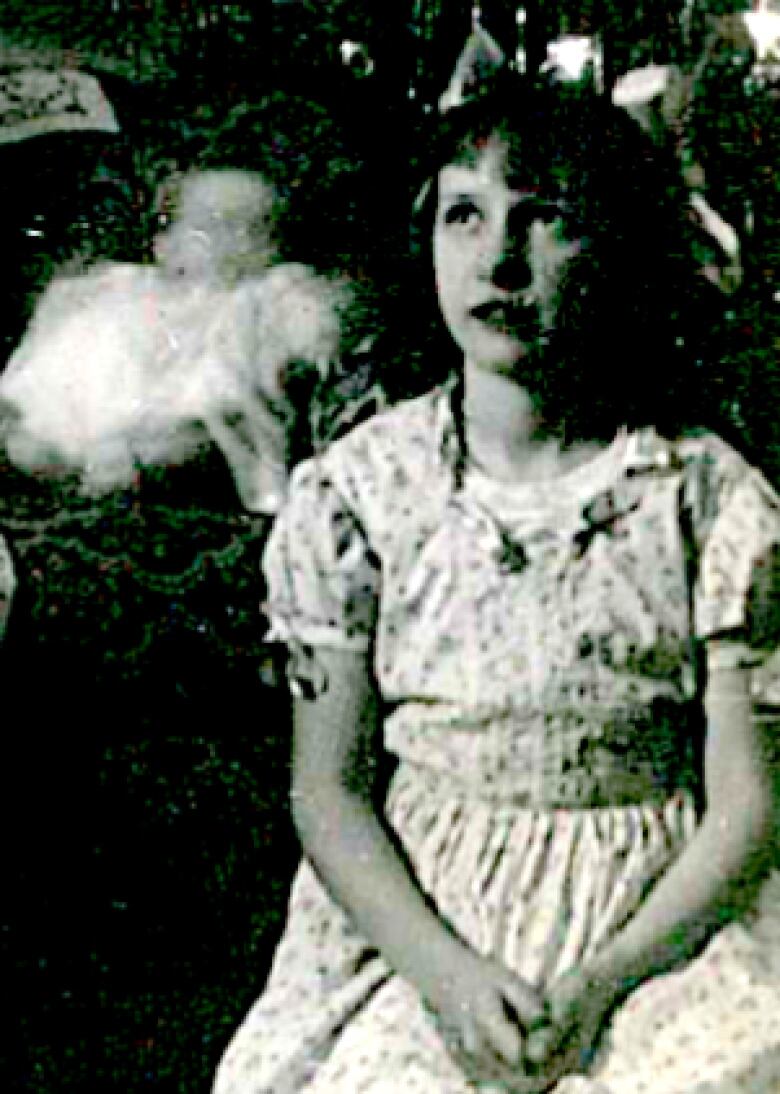'It was terrifying': Halifax woman had a window seat for VE-Day Riots
Halifax erupted into a celebration that turned ugly 75 years ago this week

Dorothy Grant was just 10 years old when Halifax erupted intoa celebration that turned sour after the Germans surrendered in Europe during the Second World War.
After years of living under strict wartime conditions, Halifax was ready to party.
But things turned ugly. The city was bursting at the seams with an influx of military personnel in the critical port city.
"It was terrifying," said Grant, who lived in an apartment on Barrington Street and had a front-row seat to the destruction.
Known as the Halifax VE-Day Riots, the days of May 7-8, 1945 75 years ago this week saw more than 200 people arrested after over 200 shops were looted and 500 businesses damaged. Three people even died.

Looking out from their third-floor apartment, the Grant family saw a steady stream of people walk by who had too much to drink, as well as people with stolen goods.
Grant, a former CBC journalist, said her parents wouldn't let her or her two siblingsgo outside because of what was happening.

The celebrations began innocently enough there wasa fireworks display on the evening of May 7 butsailors who normally had to return to their barracks that evening were free to come and go after "open gangway" was declared.
That evening, raucous sailors took over a tram, broke its windows and set it on fire.
At a liquor store on Sackville Street, windows were broken by three civilians. A security guard calledpolice to help protect the establishment, but a mob of sailors soon tossed bricks and stones,overcame policeand stole booze.
Other liquor stores were then looted.

Open gangway was still in effect the following day and after the wet canteen on HMCS Stadacona ran out of liquor, sailors headed to the Alexander Keith's brewery to get suds. There, they were joined by civilians and after overpowering guards,took case after case of beer.
The mob then turned its attention to other downtown Halifax businesses, vandalizing and looting them for things such as clothes, jewelry, furniture, flags, and perhaps most oddly, mannequins.
"My favourite story is that a man went by and he dropped two shoes," said Grant."They were quite nice and my father waited till there was no one around and he said, 'Go get them.' They were two left feet, so we couldn't use them."
Why did the riots happen?
There were several factors behind the riots.
Jonathan Vance, a history professor at the University of Western Ontario in London, Ont., said Halifax like other Canadian cities had beenliving under a host of restrictions for many years, including food rationing, price and wage controls, travel restrictions and even gas rationing, which led to the slogan"A gallon a day keeps Hitler away.'"
"So you get an enormous amount of pent-up energy and people just waiting for an excuse to release it," he said.
A royal commission later assigned blame for the riots on the navy for not controlling its personnel.
Jeff Noakes, a Second World War historian at the Canadian War Museum in Ottawa, said another factor wasthat liquor stores were closed on both May 7 and 8, as were many restaurants and cafs.
"You get tens of thousands of people in downtown Halifax and in some cases, they just want to be there to celebrate," said Noakes.

"In other cases, they're there looking for food because they're living in an attic room and don't have their own cooking facilities and a lot of them are looking to get a drink to celebrate."
With little for the masses to do, things got unruly.
Noakes said poor planning was another factor. Even though it was apparent for some time that the war was coming to an end, officials didn't develop a well co-ordinated plan for the inevitable victory celebration.
He said riots also happened in Sydney, N.S., and New Waterford, N.S., but they were nowhere near on the same scale as Halifax.

Looking back on the victory celebrations, Grant said even without the riots, she would have had some apprehension about going out because of the threat of contracting diseases like polio and measles.
The situationreminds her somewhat of COVID-19 today.
"We were terrified of getting diseases and there were no vaccines then, so it's kind of a parallel," said Grant.
MORE TOP STORIES













_(720p).jpg)


 OFFICIAL HD MUSIC VIDEO.jpg)
.jpg)



























































































